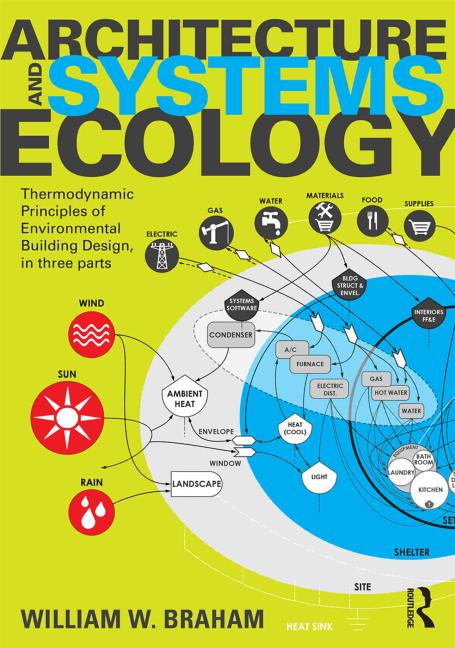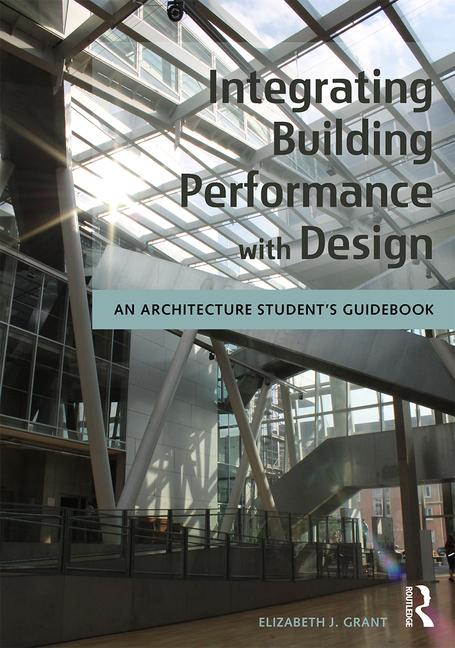National Architecture and Arts Leader Tapped to Lead Beverly Willis Architecture Foundation

 Embarking on an important new chapter, the leading women’s advocacy organization Beverly Willis Architecture Foundation (BWAF) has announced the appointment of Tizziana Baldenebro to be their new executive director, following an extensive national search. A noted architecture writer, critic, and curator as well an arts administrator and nonprofit leader, New York-based Baldenebro brings perspectives from her upbringing in Los Angeles as well as her activism while living in Chicago, Detroit, and most recently in Cleveland as director of arts nonprofit SPACES.
Embarking on an important new chapter, the leading women’s advocacy organization Beverly Willis Architecture Foundation (BWAF) has announced the appointment of Tizziana Baldenebro to be their new executive director, following an extensive national search. A noted architecture writer, critic, and curator as well an arts administrator and nonprofit leader, New York-based Baldenebro brings perspectives from her upbringing in Los Angeles as well as her activism while living in Chicago, Detroit, and most recently in Cleveland as director of arts nonprofit SPACES.
The appointment comes at a significant time for the foundation, following the passing last year of its founder and namesake as well as the recent opening of its new headquarters and multipurpose space, The Bev. Recent successes have included the addition of six new board members and a new board chair, alongside expanded programming and BWAF’s popular and critically acclaimed audio documentary series, New Angle: Voice.
“We are thrilled to welcome Tizziana to our organization as she takes the helm in guiding us through our next phase of growth and advancement in championing women in architecture, engineering, construction, and related fields," states Angelica T. Baccon, Board Chair of the Beverly Willis Architecture Foundation. "Tizziana's extensive experience will bring a fresh perspective, helping us chart the course for the future of BWAF."
Tizziana Baldenebro brings a high profile nationally as an organizer and activist in efforts to produce equitable outcomes, resources and access, impacting cultural centers, women-led organizations, and the international architecture and arts scene more broadly. She served in the prominent and high-profile role of commissioner and co-curator of the U.S. Pavilion at the Venice Architecture Biennale, adding to her long track record and endorsements by architecture and art world leaders. One critic at the Cleveland Plain-Dealer applauded her as “a front-line participant” in a growing global movement “to upend traditional hierarchies in a quest for racial and social justice.”
“I had the good fortune to meet Beverly shortly before her passing,” says Baldenebro. “I am so moved by the generations of women in our field who risked so much to advance the culture. It makes me deeply grateful for the opportunity to continue that effort with BWAF.”
From Ohio to Venice to New York
Prior to joining the Beverly Willis Architecture Foundation, Baldenebro earned the appointment to the Venice Architecture Biennale, creating international awareness of her work. She also served on the board of FRONT International and was curator-in-residence at Red Bull Arts Detroit, and held a curatorial research internship in the Art Institute of Chicago’s Architecture & Design department. Baldenebro is an editor-at-large for The Avery Review, a monthly journal published by the Columbia University Graduate School of Architecture, Planning, and Preservation, or GSAPP, and her 2020 essay on Chicago artist and architect Amanda Williams’s solo exhibition at the Museum of Contemporary Art was awarded the publication’s inaugural essay prize.
Baldenebro is recognized equally for her enthusiasm and prowess in organizing efforts to achieve social justice aims. Notably, from 2019 to 2020 Baldenebro served as Ford Curatorial Fellow at the Museum of Contemporary Art Detroit — a post she then resigned to help lead an organization of over 375 former employees and community members working to restructure the museum. She later served as 2021 fellow in the National Association for Latino Arts and Culture Advocacy Leadership Institute.
Coming on the heels of her visibility in the United States — on juries and as an invited critic across the Midwest and the East Coast — Baldenebro stepped onto the national stage and into the limelight with her critically acclaimed 2023 exhibition “Everlasting Plastics” for the United States Pavilion at the Venice Architecture Biennale, cocurated with Lauren Leving. The New York Times praised the show for “[channeling] the anxiety felt by many about the environ-mental impact of a material that was originally presented as a miracle but … remains embedded in our culture without any sign of going away,” adding, “it fits the curators’ larger societal vision.”
Baldenebro received her masters of architecture from the School of the Art Institute of Chicago after studying anthropology at the University of Chicago.
Looking for a reprint of this article?
From high-res PDFs to custom plaques, order your copy today!








